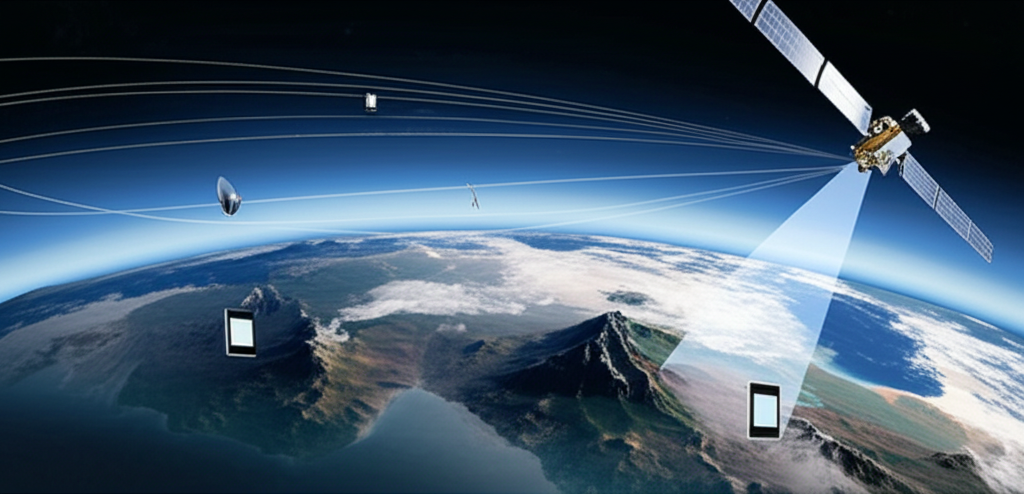Case Study
Space-Based Connectivity IP Strategy
Client: AT&T

Challenge
AT&T planned a groundbreaking partnership to provide direct-to-device satellite communication (allowing standard smartphones to connect via satellite when out of cell range). This initiative involved collaboration with a satellite provider and the deployment of new technology. AT&T needed to navigate unfamiliar space IP law issues and protect the resulting innovations – from satellite spectrum use to antenna designs and software protocols – while sharing IP with its partner.
Our Approach
Richardson Intellectual Property served as strategic IP counsel for AT&T’s “space-cellular” project. We analyzed existing patents in satellite telecom and identified gaps where AT&T could file new patents (e.g., for hybrid network handoff algorithms and enhanced satellite signal processing tailored for mobile devices). We drafted collaboration agreements defining IP ownership and licensing between AT&T and its satellite partner, ensuring AT&T retained rights to critical inventions. Our attorneys also advised on regulatory filings with the FCC and international bodies to secure spectrum rights and comply with space communications regulations.
Outcome
The AT&T project successfully launched a pilot program connecting mobile phones via low-Earth-orbit satellites. Thanks to our IP strategy, AT&T filed six new patent applications covering the core technology and established a clear patent licensing arrangement with its partner. This prevented any ambiguity over who owned key innovations. Within months, AT&T’s pilot delivered texting capability in remote areas as a market first. The solid IP foundation positioned AT&T to expand the service nationwide, confident that its telecom patent strategy would safeguard its investments and provide leverage as competitors began exploring similar offerings.